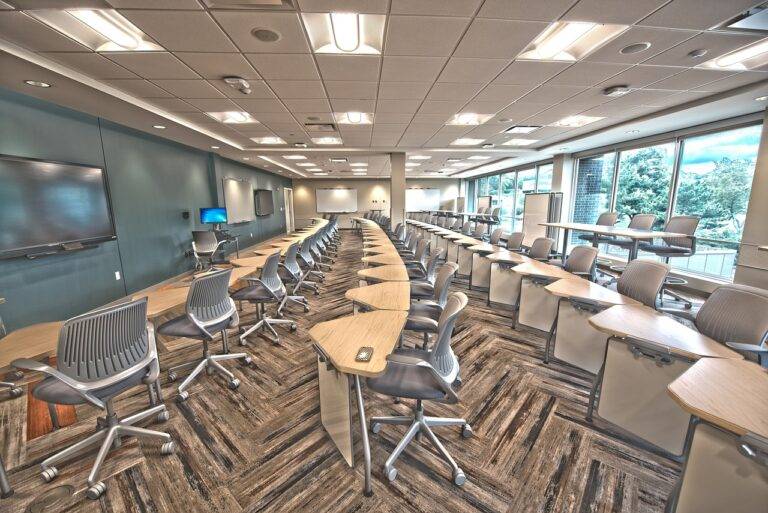The Role of Tech in Disaster Preparedness Training
In recent years, the integration of technology in disaster preparedness training has become paramount in ensuring communities are well-equipped to respond to a crisis effectively. With the advent of simulation software, virtual reality tools, and online training platforms, training programs can now offer realistic scenarios to test and enhance emergency response skills. These technological advancements provide a safe environment for participants to practice decision-making, communication, and coordination, ultimately leading to more efficient and coordinated responses during real disasters.
Moreover, technology allows for widespread dissemination of information and training materials, reaching a larger audience and empowering individuals to take proactive measures to protect themselves and others in times of need. From mobile apps that deliver emergency alerts to online courses that educate on disaster response protocols, technology bridges the gap between knowledge and action, creating a more informed and resilient community. Embracing and harnessing the power of technology in disaster preparedness training is essential in ensuring that communities are well-prepared and equipped to mitigate the impact of disasters when they strike.
The Evolution of Disaster Preparedness Training Methods
Over the years, disaster preparedness training methods have undergone a significant evolution. Traditional approaches to training, such as in-person workshops and printed materials, have given way to more innovative and interactive techniques. One of the key reasons for this shift is the advancement of technology, which has enabled trainers to create more engaging and realistic training experiences for participants.
Virtual reality (VR) simulations have emerged as a game-changer in disaster preparedness training. These immersive environments allow individuals to experience various disaster scenarios in a safe yet realistic setting. By replicating emergencies such as fires, earthquakes, or floods, VR training helps participants develop crucial decision-making skills and the ability to remain calm under pressure. This technology has revolutionized how individuals are trained to respond to disasters, providing a more effective and efficient learning experience.
How has technology influenced disaster preparedness training methods?
Technology has greatly improved disaster preparedness training by allowing for more realistic simulations, interactive learning experiences, and remote training options.
What are some examples of technology used in disaster preparedness training?
Examples of technology used in disaster preparedness training include virtual reality simulators, computer-based training programs, mobile apps for emergency response coordination, and online learning platforms.
How have traditional disaster preparedness training methods evolved over time?
Traditional disaster preparedness training methods have evolved from basic lectures and drills to more hands-on, scenario-based training exercises that mimic real-life emergency situations.
Why is it important for disaster preparedness training methods to continue evolving?
It is important for disaster preparedness training methods to continue evolving in order to better prepare individuals and organizations for the ever-changing and unpredictable nature of disasters and emergencies.





